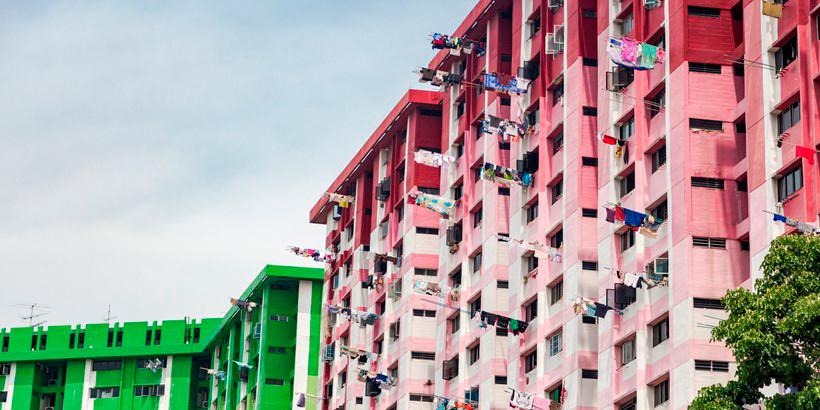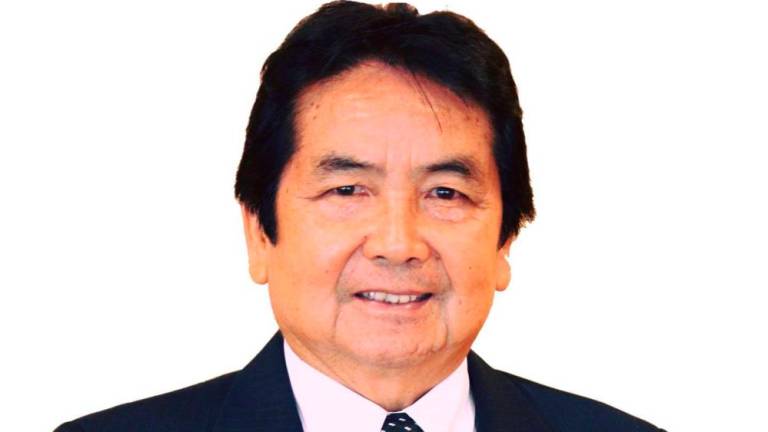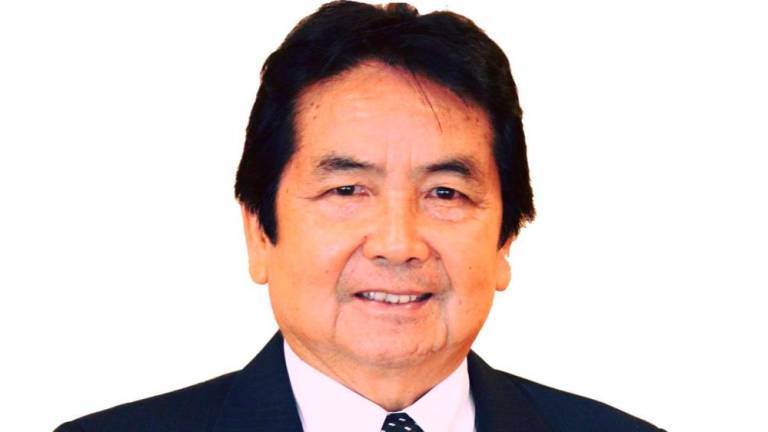PETALING JAYA: It is possible for Malaysia to emulate the Housing Development Board (HDB) concept to provide conducive living environments, but it will be an arduous journey.
Real Estate Federation (FIABC) Malaysian Chapter previous president, Yeow Thit Sang, said the reason HDB worked well in Singapore is that the government realised housing was its biggest problem and squatter settlement was occupying land on a single footprint.
He said the government then embarked on its housing programme with intention to give every citizen a roof over their heads.
“Even China came to Singapore to learn the philosophy and method of the housing board. As the country became affluent, the people’s salary rose in tandem. Hence, its citizens were able to purchase HDB houses.
“Of course, the houses were well subsidised,” he said.
In Malaysia’s case, he said earning capability does not equate to housing costs. To help lower house prices, the government has to help buyers by not including the land cost.
He also said the other cost involves bringing utilities to the housing scheme.
“Purchasers are also paying for the cost of bringing such utilities to houses. This should be borne by utility companies, which earn their profit by selling utilities services to house owners,” Yeow said.
“Currently, housing developers are only paying for the capex of bringing utilities services to the houses. I know that in Australia, the government is paying for the laying of water pipes, electricity cables, and gas pipes to the house boundary.
“All such costs add more than 40% to the total expenditure. With these costs (borne by the government), house prices can be greatly reduced. Then Singapore’s HDB model can be followed.”
Head of Research of Malaysian Rating Corporation Bhd Firdaos Rosli told theSun the HDB concept works for Singapore because of the limited land mass, unlike in Malaysia where strata units are more relevant in urban areas than elsewhere.
“The institutional and legal context of land use in Malaysia is complex and differs from state to state. The most palatable way to maximise land use is to ensure relevant authorities at both the federal and state levels get administratively closer,” the senior economist said.
He believes for the country to adopt HDB concept it may work in a more local context than at the federal level. “The reason is that different agencies are carrying different mandates with different lines of authorities,” Firdaos said.
“As land is a major source of income for states, it’s best to align interests of federal and state’s housing needs to those who are truly in need, which is the B40 group.
“We need strata units so that we do not push people too far away from the central business districts, particularly the B40. So public housing in central business districts is key. But the real issue is stagnating wages, and the inability of wages to move up alongside the rise in land prices in urban areas.”
Real estate agent James Ang said the country can follow the HDB concept to improve the condition of living for Malaysians but it must have the cooperation of town planners.
He said it should have a well-thought-out plan in order to move towards the HDB concept as Singapore’s town planning department is well organised.















